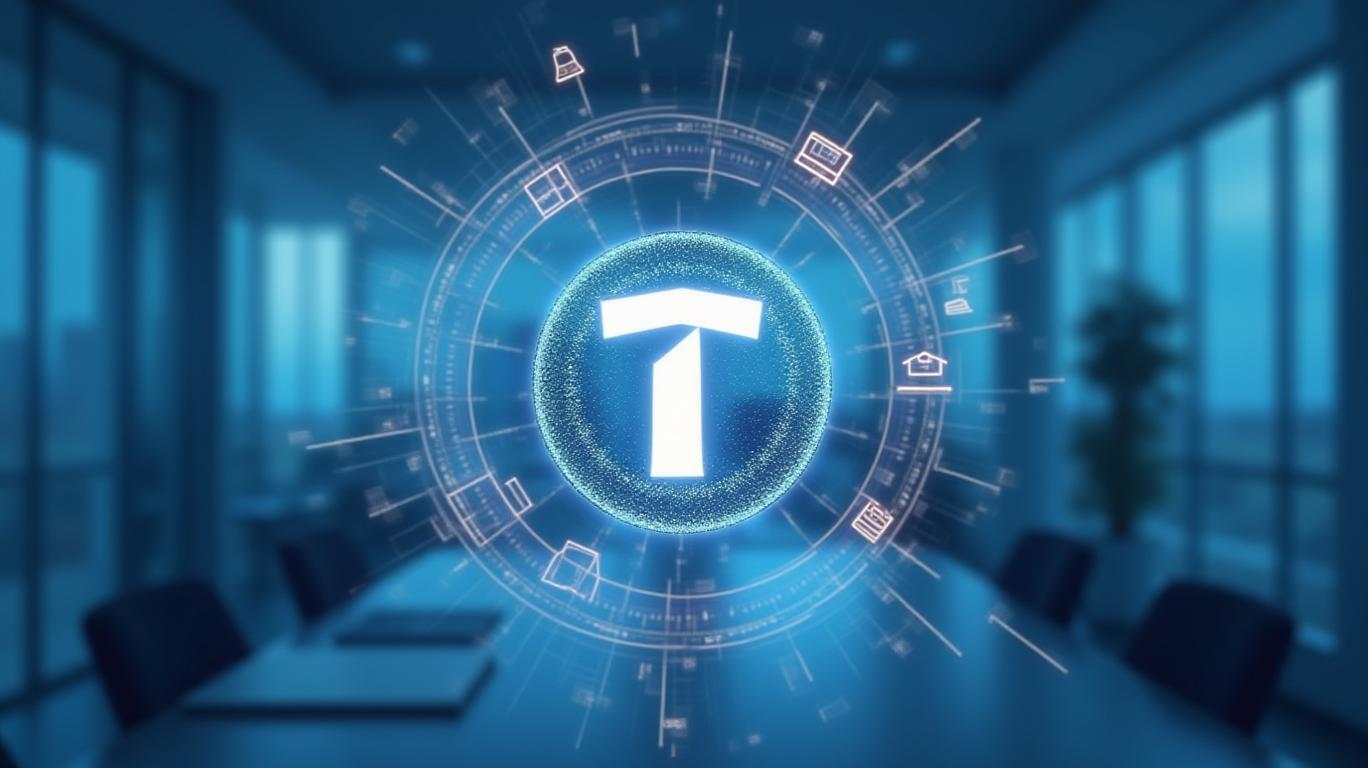"Drift Zone's $DT Token: A Beacon of Sustainability in Crypto's Wild West"
The cryptocurrency market has witnessed an unprecedented surge in token launches, with an average of 5,300 new tokens entering the market daily between January and early April 2024. This trend has continued, with over 600,000 new tokens issued in January 2025 alone, a 12-fold increase compared to the same period in 2024. This rapid growth has led to concerns about the sustainability of these projects and the potential risks associated with short-sighted focus on quick profits.
Web3 gaming studio Drift Zone has launched its native token, $DT, amidst this backdrop. The token generation event began with initial DEX offerings on February 18, followed by a confirmed listing on the MEXC cryptocurrency exchange on February 20. The studio has secured additional partnerships with GameFi and Eesee, setting the stage for a successful project. However, the announcement by Drift Zone goes beyond just another token launch, as the studio aims to prevent immediate token sell-offs and encourage long-term engagement through its exclusive 'Early Adopter' campaign.
The 'Early Adopter' campaign incentivizes both active users and passive investors by taking a wallet snapshot on a specific date. Holders who grow or maintain their token balance over a fixed term qualify for bonus tokens, airdrops, and additional allocations. Additionally, users who actively engage with Drift Zone will receive rewards based on their in-app token use, such as feature interactions, in-app transactions, and other engagement metrics.
The surge in token launches has led to a diverse array of cryptocurrencies, thinly spreading investor attention and liquidity. This has resulted in disjointed price movements and a delayed altcoin season. Traditional finance institutions have also entered the crypto space, altering liquidity rotations and changing capital flow dynamics. In this environment, building sustainable token models has become more critical than ever.
Sustainable token models align stakeholders' interests, ensure fair value distribution, and drive user engagement. The main principles of a sustainable model include creating value and utility, inflation control, and community involvement. Tokens with obvious and compelling utility within their ecosystem drive demand and increase value through their utilization in the network. Careful management of token supply, including deflationary mechanisms and periodic token burns, helps preserve long-term worth. Finally, sustainable token models incorporate community governance mechanisms to ensure the network's evolution aligns with 





























